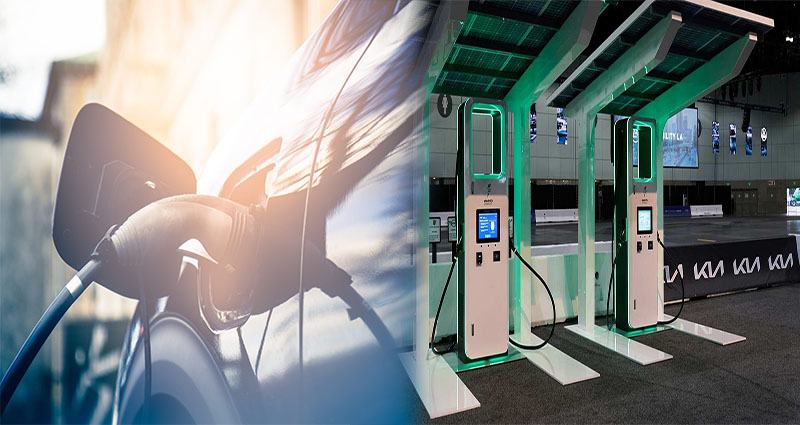As the demand for electric vehicles (EVs) continues to rise, one of the critical factors contributing to their growth is the expansion of charging infrastructure. The availability and accessibility of charging stations play a crucial role in addressing the range anxiety of potential EV buyers and encouraging the widespread adoption of electric vehicles. In recent years, there has been a concerted effort by governments, private companies, and industry stakeholders to build a robust charging infrastructure network worldwide.
Addressing Range Anxiety
Range anxiety, the fear of running out of battery power before reaching a charging station, has been a major concern for consumers considering electric vehicles. However, the expansion of charging infrastructure aims to alleviate this concern. By ensuring that charging stations are strategically placed across highways, cities, and residential areas, EV owners can have peace of mind knowing that they will have access to a charging point wherever they go. This development in charging infrastructure has significantly contributed to the growth of EV sales.
Types of Charging Stations
Charging infrastructure comprises different types of charging stations, catering to the diverse needs of electric vehicle users. There are three main categories:
- Level 1 Charging – Level 1 chargers, also known as trickle chargers, use a standard household electric outlet (110-120V) to charge the vehicle. While this method is the slowest, it is typically used for overnight charging at home.
- Level 2 Charging – Level 2 chargers use higher-voltage (240V) dedicated charging stations, providing faster charging times. These stations can be found in public areas, parking lots, workplaces, and shopping centers.
- DC Fast Charging – DC fast charging, also known as Level 3 charging, provides the most rapid charging times. These high-powered stations allow EVs to charge to 80% capacity in as little as 30 minutes. They are commonly installed along major highways, enabling long-distance travel for electric vehicle owners.
Government Initiatives
Recognizing the importance of charging infrastructure in the growth of electric vehicles, governments around the world have undertaken initiatives to promote its expansion. Many countries offer incentives, grants, and subsidies to businesses and individuals for installing charging stations. Government support has been instrumental in making EV charging infrastructure financially viable and attracting private investment. Additionally, regulatory efforts are being put in place to ensure interoperability and standardization among different charging stations, making it convenient for EV owners to charge their vehicles at any station.
Partnerships and Collaborations
Expansion of charging infrastructure has been accelerated by partnerships and collaborations between various stakeholders. Automakers, energy companies, and charging network providers are collaborating to deploy networks of charging stations. These partnerships aim to streamline the charging experience by ensuring compatibility and interoperability among different charging stations and payment systems. This cooperation enables a seamless charging network that satisfies the needs of EV owners and further fuels the growth of electric vehicles.
Future Outlook
The expansion of charging infrastructure is expected to continue at a rapid pace as the demand for electric vehicles continues to rise. Increasing investments in charging stations, advancements in fast-charging technologies, and the integration of renewable energy sources will further enhance the charging experience for EV owners. Moreover, emerging technologies like wireless charging and vehicle-to-grid (V2G) integration show promising potential for the future of charging infrastructure.
The expansion of charging infrastructure is a crucial driver in the growth of electric vehicles. The continuous efforts by governments, private companies, and industry stakeholders are transforming the perception and practicality of owning an electric vehicle. As the charging infrastructure network becomes more extensive and robust, it eliminates range anxiety and provides a convenient and accessible charging experience. With increasing collaborations and innovative solutions, the infrastructure will keep up with the growing demand, boosting the widespread adoption and acceptance of electric vehicles, and ultimately contributing to a sustainable future of transportation.





